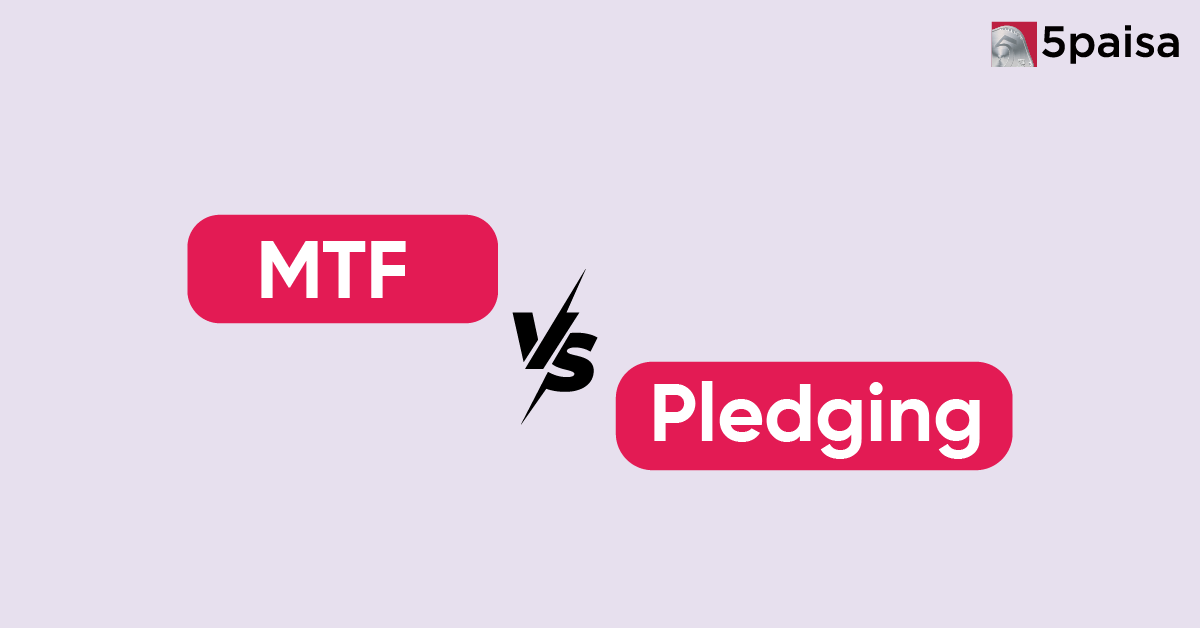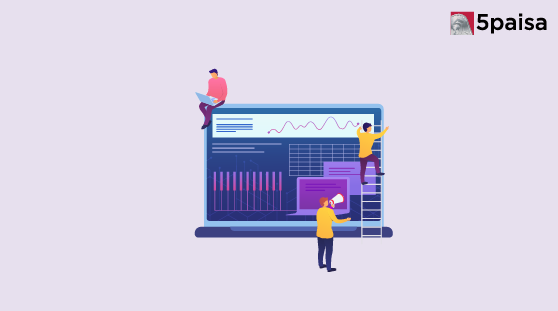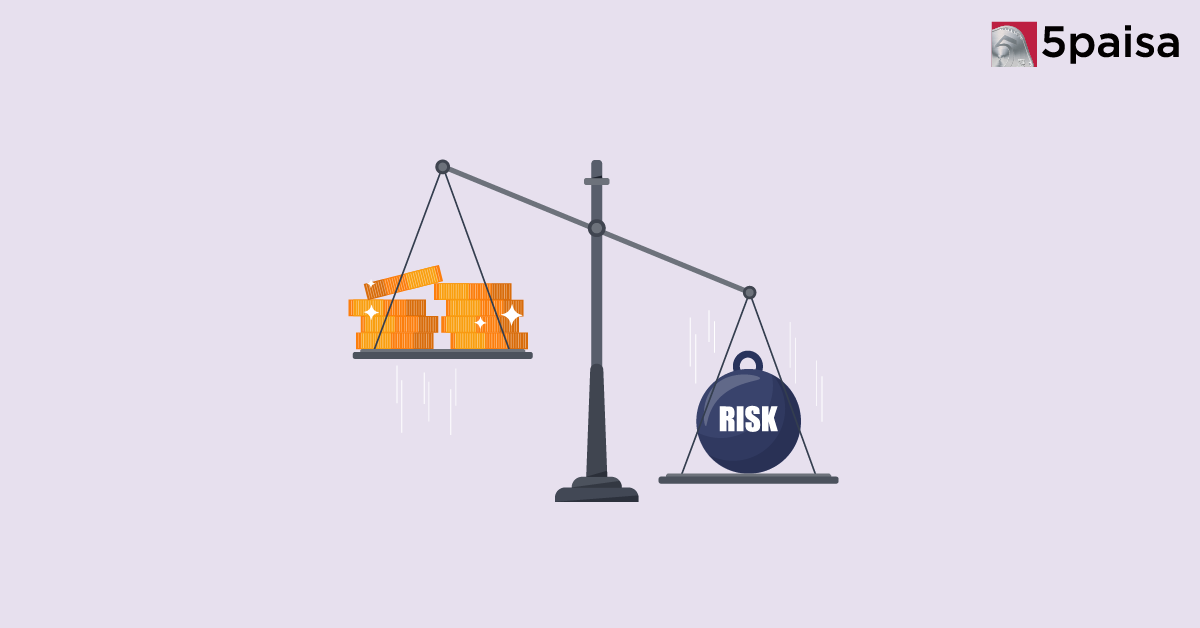MTF vs Pledging: Which Strategy Gives You More Power in the Market?
How to Protect Your Portfolio from a Fall in Nifty

Stock markets can’t always go up. When the Nifty starts falling, investors often feel the heat. Sharp drops in the index can unsettle even the most experienced ones. But a drop in the market doesn’t always mean disaster. With the right steps, you can limit the damage and stay on track.
This blog explains how to prepare for, and respond to, a fall in Nifty so your investment journey doesn’t go off course.
1. Stick to Your Financial Plan
Before doing anything else, pause and look at your financial plan. If your goals are long term—like retirement or a child’s education—you don’t need to panic over short-term dips. A falling Nifty may hurt your portfolio’s value for now, but over time, markets tend to recover and grow.
Adjust your plan only when your personal situation changes, not because of market noise. A steady hand often works better than quick reactions.
2. Maintain a Balanced Portfolio
Diversification is not just a buzzword. If all your money sits in Nifty-heavy stocks, a drop will hit you hard. Spread your investments across different sectors like banking, IT, pharma, and FMCG. That way, when one sector falls, another might hold firm.
Don’t ignore other asset classes. Holding a portion in gold, liquid funds, or even fixed deposits can add stability. It’s about reducing risk without cutting out growth.
3. Keep Some Cash Handy
You don’t need to stay 100% invested all the time. Keeping some cash or short-term liquid investments gives you flexibility. If quality stocks fall in value, you can grab the opportunity.
A 5–10% cash reserve can give you peace of mind. It also lets you act when others hesitate, especially during market corrections.
4. Focus on Quality Companies
Not all stocks respond the same way when the market turns. Companies with strong balance sheets, consistent earnings, and good management tend to handle market falls better.
When the Nifty drops, don’t rush to sell everything. Instead, check which stocks still hold long-term promise. Keep those and exit only if the company’s fundamentals have changed significantly.
5. Avoid Timing the Market
It’s tempting to sell when the market dips and buy again at a lower point. But let’s be honest—it’s nearly impossible to get the timing right every time. Most investors lose more trying to time the market than by simply staying invested.
A better strategy is to invest regularly. SIPs in mutual funds or periodic buying in good stocks help you average your cost and reduce stress about timing.
6. Rebalance with Discipline
When markets rise or fall sharply, your asset allocation might shift. Equities might take up a bigger or smaller portion of your portfolio than planned.
Review your allocation every 6–12 months. If one asset class has grown too large, bring it back to your original ratio. Rebalancing keeps your risk level in check and helps you stick to your financial goals.
7. Stay Away from Panic Selling
A falling Nifty often triggers fear. But panic selling can do more harm than the fall itself. Selling at a low point locks in your losses, while patient investors often recover with time.
Take a deep breath and revisit the basics. Is the market falling due to short-term news, or is there a deeper issue? Either way, don’t let emotion override logic.
8. Use Defensive Sectors Smartly
Some sectors—like FMCG, utilities, and healthcare—usually remain stable even during market drops. These sectors provide essential products and services, so demand doesn’t fall as sharply.
Allocating a portion of your portfolio to these sectors can soften the impact when the Nifty slides. They may not offer high returns but help maintain balance when growth sectors struggle.
9. Learn to Embrace Volatility
Volatility is part of investing. Without it, there would be no return on risk. Accept that markets will move up and down. Instead of fearing a fall, use it as a learning point.
Look at past Nifty corrections. The index has always bounced back—sometimes stronger than before. If your portfolio is built well, it too can recover with time.
10. Stay Updated, Not Obsessed
Knowing what’s going on in the market is important. But constantly checking prices or reacting to every headline isn’t helpful. It builds stress and encourages bad decisions.
Pick a few trusted sources of financial news. Focus more on big-picture updates like RBI policy, inflation data, or global trends. Avoid acting on every tip or tweet.
Conclusion
A fall in Nifty isn’t the end of your investing journey. It’s just another phase of the cycle. Smart investors prepare for such periods, not by predicting them, but by staying ready.
If you stay focused on your goals, maintain a balanced portfolio, and avoid emotional decisions, you can ride through market drops without losing your way. Remember, the market always rewards patience, discipline, and consistency.
Don't try to chase every rally or run from every dip. Build your portfolio to last—and it will.
- Flat ₹20 Brokerage
- Next-gen Trading
- Advanced Charting
- Actionable Ideas
Trending on 5paisa
Indian Stock Market Related Articles
Disclaimer: Investment in securities market are subject to market risks, read all the related documents carefully before investing. For detailed disclaimer please Click here.

 5paisa Capital Ltd
5paisa Capital Ltd




